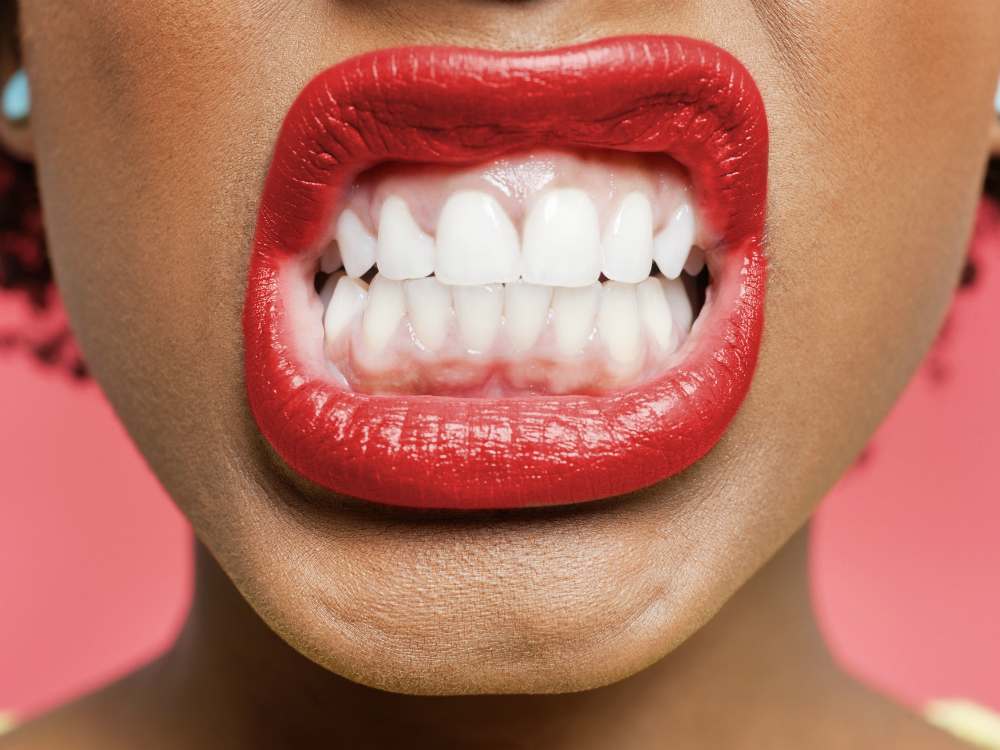
If you had ever stood before your mirror and wondered, “Why do I have stained teeth?” you are not alone on this. Teeth can have yellow stains, including a spectrum of diverse colors such as orange-red, green, blue, brown, gray, black. The stains can emerge gradually and be ignored until you take a good look at the mirror or when the color becomes darker and more obvious. Teeth stains can appear either on the surface of the tooth or underneath the tooth enamel, some individuals experience both types of teeth stains.
Teeth discoloration can happen for many reasons: poor dental hygiene, regular intake of stain-causing food and drinks, the use of tobacco, some medications and diseases, aging, teeth injury, family background, and so on. In this article, we are going to discuss the causes of these discolorations and stains.
What are the types of tooth discoloration (stains)
Tooth discoloration can occur due to surface stain, as a result of some alterations in the material of your tooth. According to dental experts, there are two categories of tooth discolorations, and they are:
Extrinsic Teeth Stains: This type of stain occurs on the surface of the tooth. Extrinsic teeth stains are a result of stain particle, like pigmented residue from a certain drink or food, developed in the film of protein that conceals the tooth enamel. This type of tooth stain is normally caused by the use of tobacco, consistent intake of coffee and tea, wine or soda drinks, etc.
Extrinsic teeth stain can be removed during laser teeth whitening treatment, as a part of in-office procedure or by using a professional teeth whitening kit.
Intrinsic Teeth Stains
This type of teeth stain occurs underneath the surface of the tooth. Intrinsic teeth stain is as a result of stain-causing particles. These particles penetrate the exterior of the tooth and accumulating in the tooth enamel, thereby causing intrinsic teeth stains. The regular use of fluoride has been linked with this type of teeth stain, particularly in little children.
Unlike an extrinsic teeth stain, this type of teeth stain is always very hard to remove, but removing it is possible. A teeth stain like this may need bleaching utilizing professional or at-home chemical teeth whitening products. You can also consider purchasing a professional teeth whitening kit from a reliable manufacturer.
Age-Related stains This type of teeth stain merges the outcome of the teeth stains mentioned above (intrinsic and extrinsic). Since the dentin (the core tissue of your teeth) turns yellow over time, teeth change color with age. As we celebrate our birthdays each year, the enamel that conceals the tooth becomes thinner, revealing the dentin. These intrinsic and extrinsic causes of discoloration, such as the effect of stain-causing foods, drinks, including tobacco, will cause most adult’s teeth to change color as they age.
Stained Teeth Causes
Teeth stains have lots of causes and culprits. Some foods and drinks can stain our teeth, and just as we stated, tooth discoloration is also as a result of many biological factors, including the transparency of tooth enamel.
There exist plethora causes of teeth discoloration, while some of these causes could have possibly been prevented, others are far beyond your control. We have put together a detailed list that can help you ascertain the cause of discolored teeth, and in most cases, assist you in halting further discoloration of your teeth.
Food:
Some of the foods we consume are major culprits of the discoloration of our teeth. Berries, beetroot, and other items that contain high pigments can stain your teeth. Somehow, your mother was correct when she told you to cease from the excessive consumption of gums and candy because they could end up staining your teeth and making it yellow. Any diet that has a high level of sugar and carbohydrate can usher in bacteria and stain the teeth.
Drinks:
Is tea a culprit? Of course, tea and coffee can stain your teeth! Even other colored beverages such as red wine and black tea can discolor your teeth if they stay on it for too long. A beverage that contains a high level of sugar, such as sodas and sports drinks can stain your teeth as well.
Smoking
This shouldn’t come as a surprise to you giving the fact that smoking is the cause of several terrible health conditions in our body. Your teeth can become brown from smoking. All tobacco products can discolor your teeth and make them darker over time.
Medication
Some antibiotics can cause teeth stains. These antibiotics can turn our teeth gray-brown. Meds like doxycycline and tetracycline can darken the teeth of children below eight years old. Some drugs used to treat high blood pressure can also stain the teeth of an adult. Contact your physician and inquire about the potential side effects of your medications.
Illness
Here is a less common cause of tooth discoloration. Any disease that affects the enamel can lead to tooth discoloration. Also, treatments such as chemotherapy and/ or radiation used in the treatment of cancer are known causes of tooth discoloration.
The intake of excessive fluoride
Fluorosis, which is the excessive exposure to fluoride at a tender age, can result in the discoloration of your teeth. This is always caused by the excessive intake of water containing fluoride.The best way to treat a condition is by knowing its cause. By knowing the major causes of teeth discoloration, you will be able to identify the things that you are doing wrong and adopt the right measures to mitigate their effect. If necessary, purchase a professional teeth whitening kit. Watch what goes into your mouth and also provide your teeth with the best dental hygiene to have stain-free teeth.

Leave a comment